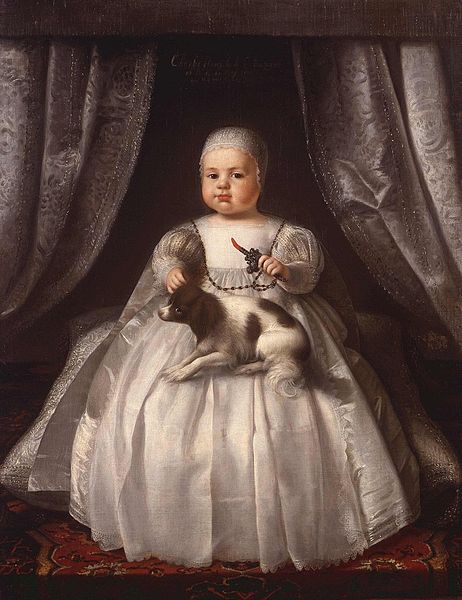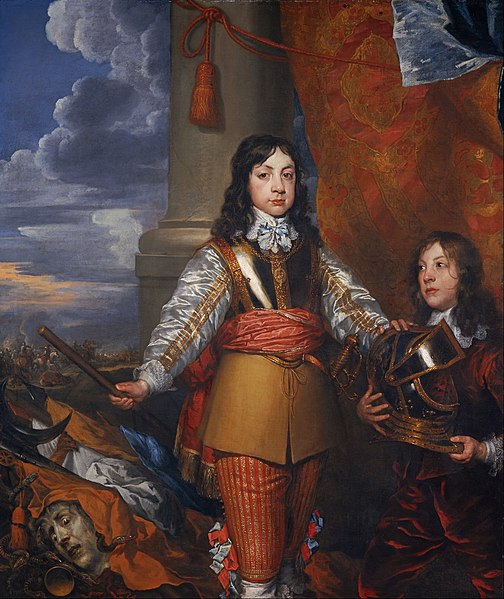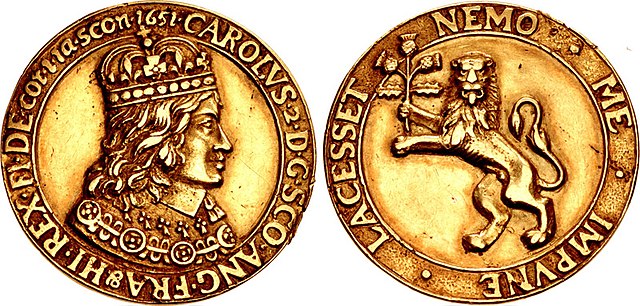The Rye House Plot of 1683 was a plan to assassinate King Charles II of England and his brother James, Duke of York. The royal party went from Westminster to Newmarket to see horse races and were expected to make the return journey on 1 April 1683, but because there was a major fire in Newmarket on 22 March, the races were cancelled, and the King and the Duke returned to London early. As a result, the planned attack never took place.
Rye House, Hertfordshire in a 1793 watercolour by J. M. W. Turner
Rye House in an engraving from 1777. The gate across the road signifies the toll payable for use of the route. There were miscellaneous buildings on the large site, to the right of the road. The crenellated brick gatehouse dates from the 15th century.
Account of Rye House, from the official history of the Plot by Thomas Sprat (2nd edition, 1685).
Late 17th-century composite engraving by John Savage, and comprising seven portraits of figures of the Plot all of whom were dead by 1685 (Sir Thomas Armstrong, the Earl of Argyll, the Earl of Essex, Henry Cornish, William Russell, Lord Russell, the Duke of Monmouth, and Algernon Sidney), with one of Edmund Berry Godfrey, whose unexplained death triggered the Popish Plot allegations against Catholics.
Charles II was King of Scotland from 1649 until 1651 and King of England, Scotland, and Ireland from the 1660 Restoration of the monarchy until his death in 1685.
Charles in Garter robes, c. 1660–1665
Charles as an infant in 1630, painting attributed to Justus van Egmont
Portrait by William Dobson, c. 1642 or 1643
Cast gold coronation medal of Charles II, dated 1651








